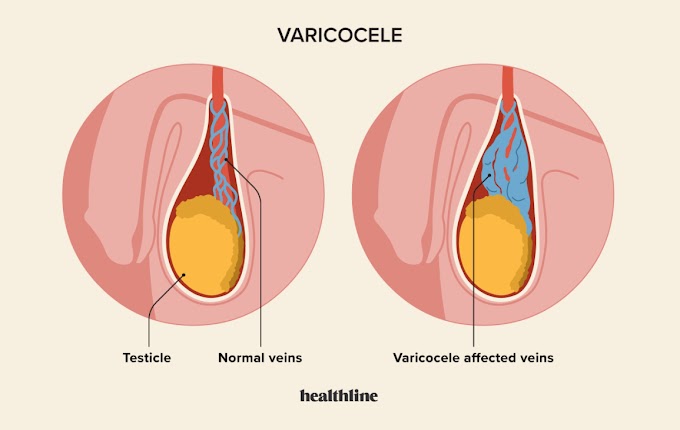Varicose veins, those bulging, twisted veins often seen on legs, affect millions of people worldwide. Not only are they unsightly, but they can also cause discomfort, pain, and even serious health complications if left untreated. Fortunately, advancements in medical technology have led to the development of minimally invasive procedures like radiofrequency ablation (RFA), offering patients a highly effective treatment option with fewer risks and shorter recovery times compared to traditional surgery.
Radiofrequency ablation is a procedure used to treat varicose veins by using heat generated from radiofrequency energy to seal the affected vein shut. This method is particularly effective for larger veins, known as the great saphenous vein and the small saphenous vein, which are often the underlying cause of varicose veins.
How Radiofrequency Ablation Treat Varicose Veins?
Firstly, a qualified healthcare professional, typically a vascular surgeon or an interventional radiologist, performs the procedure in a clinic or hospital setting. The patient is usually awake during the procedure, although local anesthesia is administered to numb the area being treated, ensuring minimal discomfort.
Next, using ultrasound guidance, the physician inserts a thin catheter into the diseased vein through a small incision, usually near the knee or ankle. Once the catheter is properly positioned within the vein, radiofrequency energy is delivered through the catheter to heat the vein wall. This controlled heat causes the collagen in the vein wall to shrink and the vein to collapse, effectively sealing it shut.
As a result, blood is rerouted to healthier veins, restoring proper circulation and alleviating the symptoms associated with varicose veins. Over time, the treated vein is naturally absorbed by the body, gradually fading from view.
One of the key advantages of radiofrequency ablation is its high success rate. Clinical studies have demonstrated that RFA effectively closes varicose veins in up to 98% of cases, with significant improvements in symptoms such as pain, swelling, and skin discoloration. Moreover, the procedure boasts a low risk of complications, such as infection or nerve damage, and requires minimal downtime, allowing patients to resume their normal activities shortly after treatment.
Another benefit of radiofrequency ablation is its versatility. Unlike traditional vein stripping surgery, which involves removing the diseased vein through multiple incisions and requires general anesthesia, RFA can be performed on an outpatient basis with minimal scarring and discomfort. Additionally, RFA can be combined with other minimally invasive techniques, such as sclerotherapy or endovenous laser ablation, to tailor treatment to the individual needs of each patient.
For individuals suffering from varicose veins, radiofrequency ablation offers a safe, effective, and convenient treatment option that can significantly improve their quality of life. By eliminating the underlying cause of varicose veins and restoring proper circulation, RFA not only alleviates symptoms but also reduces the risk of complications such as blood clots or skin ulcers.
In conclusion, radiofrequency ablation represents a breakthrough in the treatment of varicose veins, providing patients with a minimally invasive alternative to traditional surgery that offers excellent results and a speedy recovery. As awareness of this innovative procedure continues to grow, more individuals are opting for RFA to finally say goodbye to their varicose veins and regain confidence in their appearance and overall health.





0 Comments